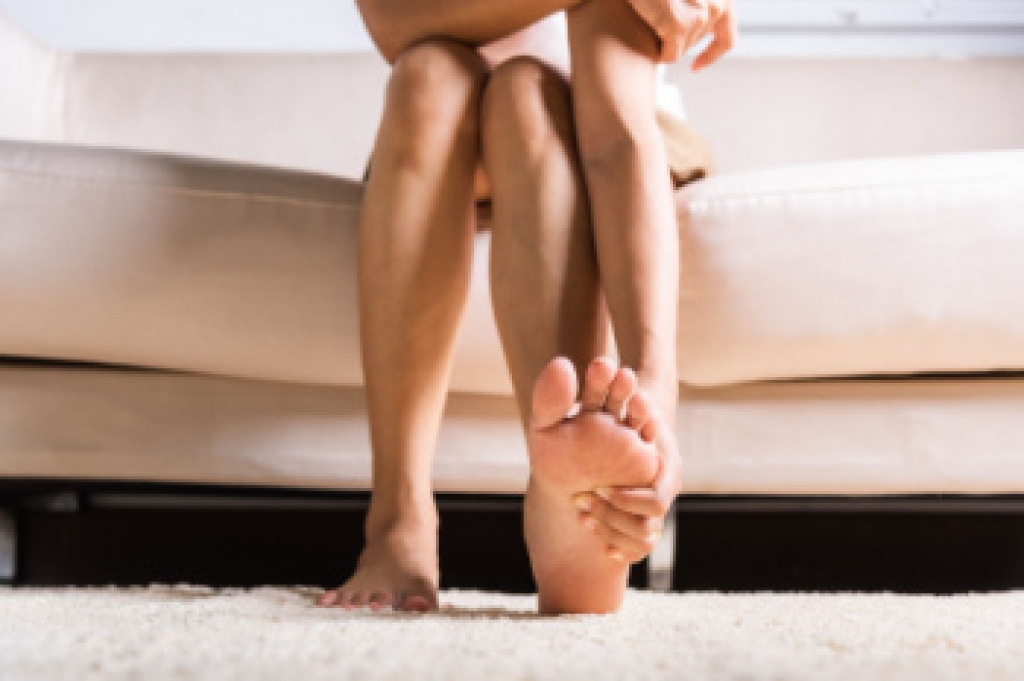
Exercising the feet is essential for anyone who wants to move with power and stability. The plantar flexors, located in the calves and ankles, play a major role in pushing the body forward. These muscles help you sprint with speed, cut quickly during sports, and jump with greater force. When the plantar flexors are strong and flexible, they improve balance, reduce fatigue, and protect the feet and ankles from injury. Weakness in this area can limit performance and increase strain on surrounding joints. A podiatrist can assess your foot mechanics, identify muscle imbalances, and recommend targeted strengthening exercises tailored to your activity level. If you want to improve strength, agility, and overall foot health, it is suggested that you schedule a visit with a podiatrist to learn how focused training can support your goals.
Exercising your feet regularly with the proper foot wear is a great way to prevent injuries and build strength. If you have any concerns about your feet, contact Gary Saphire, DPM from Parkway Podiatry. Our doctor can provide the care you need to keep you pain-free and on your feet.
Exercise for Your Feet
Exercise for your feet can help you gain strength, mobility and flexibility in your feet. They say that strengthening your feet can be just as rewarding as strengthening another part of the body. Your feet are very important, and we often forget about them in our daily tasks. But it is because of our feet that are we able to get going and do what we need to. For those of us fortunate enough to not have any foot problems, it is an important gesture to take care of them to ensure good health in the long run.
Some foot health exercises can include ankle pumps, tip-toeing, toe rises, lifting off the floor doing reps and sets, and flexing the toes. It is best to speak with Our doctor to determine an appropriate regimen for your needs. Everyone’s needs and bodies are different, and the activities required to maintain strength in the feet vary from individual to individual.
Once you get into a routine of doing regular exercise, you may notice a difference in your feet and how strong they may become.
If you have any questions, please feel free to contact our office located in Brooklyn, NY . We offer the newest diagnostic and treatment technologies for all your foot care needs.







